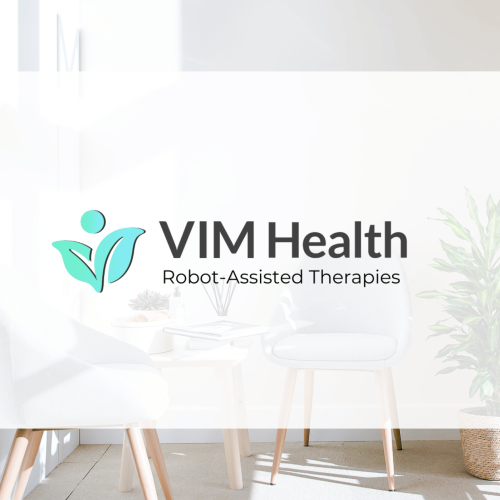May is Stroke Awareness Month, and the Vim Health team have put together a video and some tips on managing post-stroke shoulder pain, a common issue among stroke survivors. This blog will look at potential causes of shoulder pain and methods to alleviate it.
What is a Stroke?
A stroke is a severe and often life-threatening condition that affects millions of people each year, but with education and proactive measures, we can help reduce the risk of stroke and save lives. A stroke occurs when blood flow to the brain is disrupted by blood vessel blockage or bleeding into the brain.
Risk Factors for Stroke
Many risk factors for stroke include high blood pressure, smoking, diabetes, high cholesterol, obesity, and a family history of stroke. There are two main types of stroke: ischemic stroke and hemorrhagic stroke. Ischemic stroke, which accounts for about 87% of all strokes, is caused by a blockage in a blood vessel leading to the brain. Hemorrhagic stroke, which accounts for about 13% of all strokes, is caused by bleeding into the brain.
Post-stroke shoulder pain can result from:
- Weakness- you may have a heavy arm that pulls down.
- Spasticity – some muscles find it difficult to switch off, and this imbalance pulls the arm into certain positions.
- Immobility – joints need regular moving to keep synovial fluid moving; this effectively oils the joint.
- Pain – this can also lead to a vicious cycle of fear of moving and further non-use.
Exercise and Therapy
Shoulder exercises can help strengthen muscles in the shoulder and improve mobility. Avoid pushing into pain at all costs. The following video includes stretches you can do with the help of a friend, family member or carer. Aim to complete these 3-5 times throughout the week, to help manage post-stroke shoulder pain.
In line with the new stroke guidelines, here are some example positions for ways in which you can rest your shoulder with the weight of the limb supported. Below is one example of how you can utilise pillows to keep the arm propped up away from the tummy/ chest when lying down. This will keep the shoulder alignment in a more neutral position, reducing the risk of muscle shortening and associated pain.

When seated you should aim for the shoulder to be supported with the forearm at 90 degrees to the body. You can achieve this by using an armrest, pillow, or you can use a table/ bed next to the wheelchair as seen in the image below.

Early Detection
Maintaining a healthy lifestyle, including regular exercise, a balanced diet, and avoiding smoking and excessive alcohol consumption, can significantly reduce the risk of stroke. Additionally, controlling conditions such as high blood pressure, diabetes, and high cholesterol can reduce stroke risk through medication, diet and lifestyle changes.
Early detection and treatment are critical in reducing the damage caused by stroke. Recognizing the signs and symptoms of stroke and seeking immediate medical attention can make all the difference to the outcome of the stroke. The acronym FAST is a helpful tool in recognizing the signs of stroke:
- F – Face drooping
- A-Arm weakness
- S – Speech difficulty
- T – Time to call 999
If you or someone you know experiences any of these symptoms, it is crucial to seek medical attention immediately.
Stroke is a serious and often preventable condition affecting millions worldwide. By raising awareness about stroke risk factors, prevention, and early detection, we can help reduce the incidence of stroke and improve outcomes for those who experience a stroke. Take action this May by learning more about stroke and sharing this vital information with your family, friends, and community.
Get in touch
We offer outpatient and intensive rehabilitation programs to support you on your stroke recovery journey. Our qualified Physiotherapists use state-of-the-art robotics to supplement hands-on Therapy and deliver a program suited to your individual needs. To enquire about our facilities or speak to a member of our team, call us on 01273 037400.
